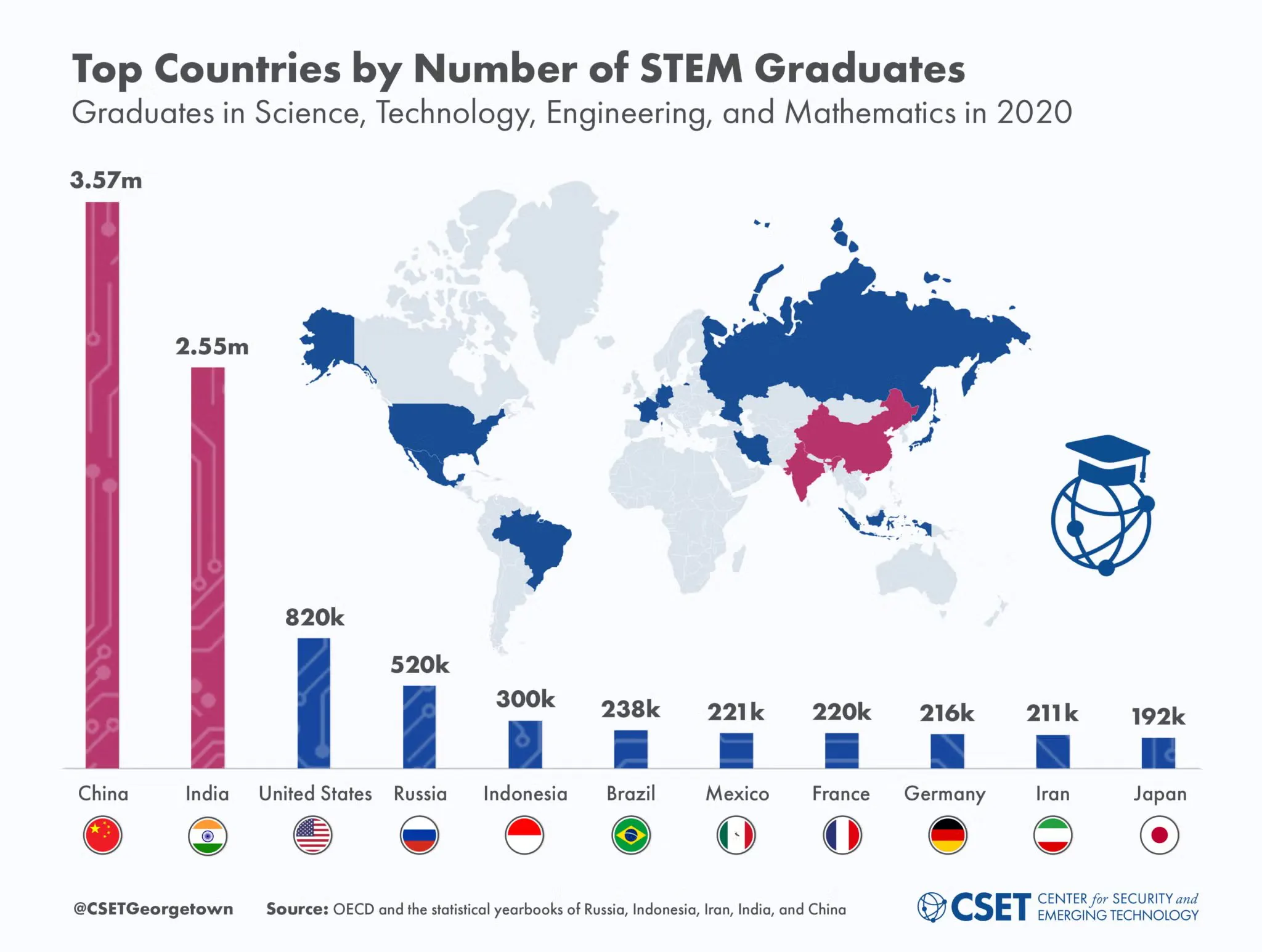China has deepened its focus on developing and scaling AI applications through a new framework. The blueprint signals that the country’s ambition is to become a global leader while aligning its innovation goals by 2030.
The report outlines strategies for applying AI across key industries while addressing challenges like inconsistent technology practices. However, the timing of the release is contentious, as China’s AI models face scrutiny for censorship.
China wants to drive AI growth across industries
China’s State Information Center (SIC) released a report that translates to “Reference Architecture for the Construction and Development of Artificial Intelligence Industry Applications” on Friday. The report seems to be a guide for developing AI technologies in the region.
Notably, the release comes at a controversial time when China’s AI models are in focus. While they are being applauded for their advanced capabilities, models often self-censor or avoid addressing political topics on government instructions. Cryptopolitan recently did a detailed report on how Chinese censorship could influence global perceptions of the power of AI.
The SIC report says that the Chinese government places significant importance on artificial intelligence (AI). PBC has been prioritizing AI and in April, it announced the development of a global AI innovation hub by 2030.
While China wants to expand its AI core industry to over 1 trillion yuan and related industries to 10 trillion yuan, the new report looks at how AI can be applied in key sectors. This means that the manufacturing, transportation, healthcare, finance, and consumer services sectors can see increased use of AI. The report also identifies challenges and opportunities for AI integration in these fields.
However, the question remains how censorship will continue to impact the growth and development of China’s AI technologies, particularly in open innovation and global collaboration. Restrictions on sensitive topics and controlled narratives could potentially limit the adaptability and competitiveness of Chinese AI models in international markets.
Countries will have to address censorship challenges
The report also outlines a “reference architecture” for building and scaling AI applications. This framework includes six key components. Computing power infrastructure ensures the necessary hardware and processing capabilities.
Data services handle the organization, storage, and accessibility of the vast datasets AI systems require. Model services focus on the algorithms and AI systems that drive intelligent decision-making. Application development provides tools and methodologies to create user-facing AI solutions, while operation and maintenance platforms ensure these systems run smoothly and securely.
 China has the most STEM graduates to support its AI goal | Source: X/@JasonrShuman
China has the most STEM graduates to support its AI goal | Source: X/@JasonrShuman
Finally, operation platforms are designed for real-world deployment, enabling businesses to implement AI technologies seamlessly into their daily operations. China’s plan now is to place a comprehensive structure to streamline AI integration, aligning with its 2030 target of an AI innovation hub.
By the looks of things, China has taken a standardized approach. The report aims to overcome challenges caused by inconsistent technologies or data practices across companies. The report also prioritizes lowering costs for developing and replicating AI applications. It also looks at fostering innovation and market activity. This will come alongside the large-scale adoption of AI in various industries.
The framework helps teams focus on the most important parts of building AI solutions, encourages industries and tech experts to work together, and speeds up how quickly AI can be used in real-world situations.
A Step-By-Step System To Launching Your Web3 Career and Landing High-Paying Crypto Jobs in 90 Days.


